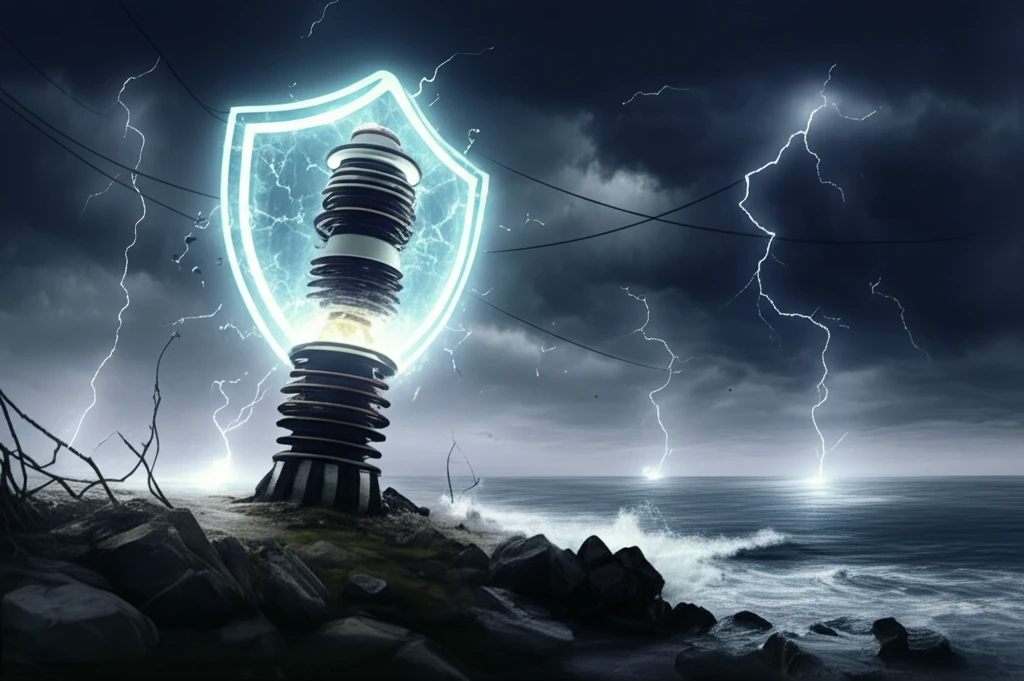
Power Up Your Insulators: How to Prevent Electrical Flashovers and Keep the Lights On
"A practical guide to understanding and mitigating surface electrical field issues in 35kV ceramic insulators, ensuring a more reliable power supply."
Electrical flashovers on insulators can cause significant disruptions, leading to power outages and economic losses. Since the 1980s, these incidents have been a persistent challenge, especially in coastal regions where marine salt fog and sand contribute to high surface conductivity. Understanding and mitigating these flashovers is crucial for maintaining a stable power supply.
Coastal areas like Fujian and Guangdong face unique challenges due to their economically developed and heavily loaded power systems. Pollution flashovers in these regions can lead to serious consequences, making it essential to find effective prevention methods. One such method involves installing booster sheds on insulators to improve their anti-flashover performance.
This article delves into a study that uses computer simulations to determine the optimal placement and configuration of booster sheds on 35kV ceramic insulators. By analyzing the surface electrical field under various conditions, the research aims to identify cost-effective strategies for minimizing flashovers and enhancing the reliability of power systems.
Understanding Insulator Flashovers and Mitigation Techniques

Insulator flashovers occur when the electrical field on the insulator's surface exceeds the breakdown strength of the surrounding air, leading to a disruptive discharge. Factors contributing to this include surface contamination, humidity, and the insulator's design. In coastal areas, salt deposits significantly increase surface conductivity, making insulators more prone to flashovers.
- Blocking discharge channels caused by contaminants like bird droppings and rainwater.
- Increasing the bridging distance in icing conditions to prevent ice-related flashovers.
- Improving the electric field distribution to minimize discharge risks.
Practical Implications and Future Directions
The findings of this study offer practical guidance for power system engineers and technicians seeking to enhance the reliability of ceramic insulators in coastal environments. By strategically installing booster sheds, particularly on the second layer of the insulator, it is possible to significantly reduce the risk of flashovers and minimize power disruptions. This approach not only improves system performance but also offers a cost-effective solution compared to replacing entire insulators or implementing more complex mitigation strategies. Further research could explore the application of these findings to other types of insulators and environmental conditions, as well as investigate the long-term performance and maintenance requirements of booster shed installations.
